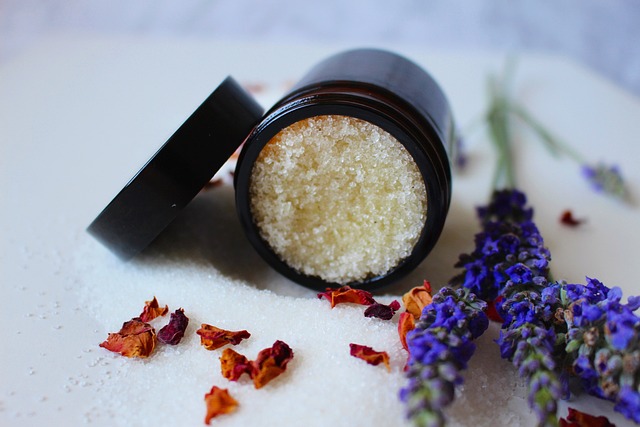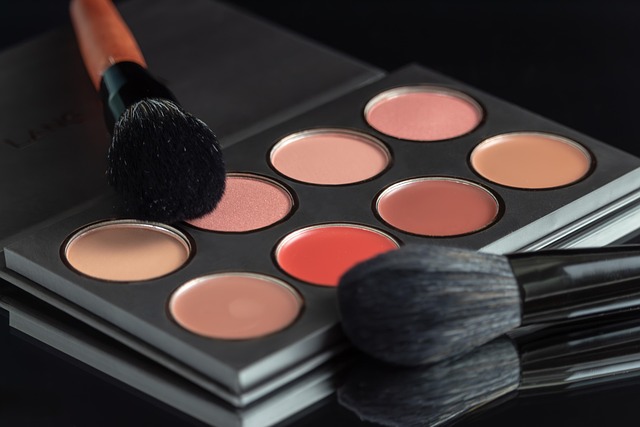Chemical peels, or Skin Resurfacing Peels, are a non-invasive treatment for acne scars and skin imperfections. Using acids like glycolic, salicylic, or lactic acid, these peels exfoliate damaged skin layers to reveal smoother, younger-looking skin. Customizable strengths target specific concerns, from superficial scars to deeper wrinkles. While effective, chemical peels carry risks of redness, swelling, and irritation; consulting a qualified dermatologist is crucial for safe treatment and post-care instructions. Choosing a reputable clinic with specialized experience in Skin Resurfacing Peels ensures top-tier care. Proper post-treatment care includes gentle skincare, sun protection, and avoiding irritants to promote healing and enhance the peel's benefits.
Struggling with acne scars? Chemical peels might be your answer. This comprehensive guide explores the power of skin resurfacing peels in treating acne scars, offering a non-invasive solution for achieving smoother, more even skin. From understanding the science behind peels to choosing the right type for your skin and navigating post-treatment care, discover how chemical peels can transform your complexion. Uncover the benefits, safety precautions, and expert tips to ensure optimal results.
Understanding Chemical Peels for Acne Scars

Chemical peels have emerged as a popular and effective treatment for acne scars, offering a non-invasive approach to skin resurfacing. These peels work by applying chemicals to the skin’s surface, which gently lift away damaged layers, revealing smoother, younger-looking skin beneath. The process is designed to reduce the appearance of acne scars, fine lines, and other skin imperfections, providing a more even and radiant complexion.
Skin resurfacing peels come in various strengths, depending on the severity of the condition and the desired outcome. They can be tailored to target specific concerns, such as superficial acne scars or deeper facial wrinkles. This customizability makes chemical peels a versatile solution for many individuals seeking improved skin texture and a boost in confidence.
The Science Behind Skin Resurfacing Peels

Chemical peels for skin resurfacing have been a popular and effective treatment for acne scars for years. The science behind these peels lies in their ability to exfoliate the skin, removing the top layer of damaged or scarred tissue while stimulating collagen production. This process helps to reveal smoother, healthier-looking skin beneath.
During a skin resurfacing peel, chemicals like glycolic acid, salicylic acid, or lactic acid are applied to the skin in concentrations that allow for controlled exfoliation. These acids work by breaking down the bonds between dead skin cells and promoting the turnover of new skin cells. As the top layer of skin sheds, it takes with it surface imperfections, including acne scars. Additionally, the stimulation of collagen production helps to enhance skin texture and tone, resulting in a more even and youthful complexion.
Types of Chemical Peels for Different Skin Concerns

Chemical peels offer a wide range of options for addressing various skin concerns, particularly acne scars. The types of peels available are categorized based on their active ingredients and depth of penetration, each designed to target specific issues. For superficial acne scars and fine lines, Skin Resurfacing Peels are a popular choice. These gentle yet effective peels usually contain alpha hydroxy acids (AHAs) like glycolic acid or lactic acid. They work by removing the upper layer of skin, promoting cell turnover, and revealing smoother, brighter skin beneath.
For deeper acne scars and more severe conditions, stronger peels with higher concentrations of active ingredients are recommended. These may include trichloroacetic acid (TCA) peels or a combination of AHAs and retinoids. TCA peels penetrate deeper into the skin, effectively treating depressed scars by dissolving the glue-like substance that binds skin cells together in scar tissue. Such peels are suitable for more robust results but require professional administration due to their potency.
Benefits of Using Chemical Peels for Acne Scars

Chemical peels, also known as skin resurfacing peels, offer a non-invasive yet highly effective solution for treating acne scars. By applying chemicals to the skin’s surface, these peels gently remove damaged or scarred tissue, exposing smoother, healthier skin beneath. This process not only improves the appearance of acne scars but also enhances overall skin texture and tone, providing a radiant and rejuvenated look.
One of the key benefits of chemical peels is their ability to stimulate collagen production. As the skin heals after the peel treatment, new collagen fibers are generated, promoting skin elasticity and strengthening it against future damage. This results in a more even skin surface and reduced visibility of acne scars over time. Additionally, peels can help unclog pores, prevent future breakouts, and provide a clearer, more balanced complexion, making them an appealing option for those seeking long-lasting improvements in their skin’s appearance.
Safety Precautions and Potential Side Effects

When considering chemical peels for acne scars, it’s crucial to be aware of safety precautions and potential side effects. Skin resurfacing peels can effectively reduce the appearance of scars, but they aren’t without risks. The most common side effects include redness, swelling, and temporary sensitivity or irritation at the treatment site. In rare cases, deeper layers of the skin may be affected, leading to peeling, flaking, or even infection.
To mitigate these risks, it’s essential to choose a qualified dermatologist for your procedure. They can recommend the appropriate peel strength for your skin type and condition, ensuring a safer experience. Additionally, following their post-treatment instructions diligently is vital. This includes using prescribed topical medications, avoiding sun exposure, and adhering to a gentle skincare routine to promote healing and minimize complications.
Choosing the Right Clinic for Your Chemical Peel Treatment

When considering chemical peels for acne scars, choosing the right clinic is paramount. Look for a facility that specializes in skin resurfacing peels and has a proven track record of success with similar treatments. Research their team’s qualifications, experience, and the types of peels they offer to ensure you’re receiving the best possible care.
Reputable clinics should provide detailed consultations, explaining different peel options, their potential side effects, and expected outcomes. They should also offer personalized recommendations based on your skin type and the severity of your acne scars. Always check for certifications, licenses, and patient testimonials to gauge the clinic’s professionalism and effectiveness in delivering chemical peels.
Post-Peel Care: Tips for Optimal Results

After a chemical peel, proper post-peel care is essential for achieving optimal results and ensuring your skin recovers smoothly. The first few days are critical; avoid touching or scratching the treated area, as this can disrupt the healing process. A gentle, non-irritating moisturizer can be applied to soothe the skin and promote moisture retention. It’s recommended to stick to a mild skincare routine during this time, using only water-based products to prevent further irritation.
Sun protection is another vital aspect of post-peel care. Chemical peels can temporarily increase your skin’s sensitivity to UV rays. Always use a broad-spectrum sunscreen with at least SPF 30, even on cloudy days. Wear protective clothing when outdoors for extended periods. Additionally, be mindful of using certain products; avoid those containing retinol or alpha hydroxy acids (AHAs) until the peel’s recommended recovery period is over. Following these tips will help facilitate the healing process and maximize the benefits of your skin resurfacing peels.
